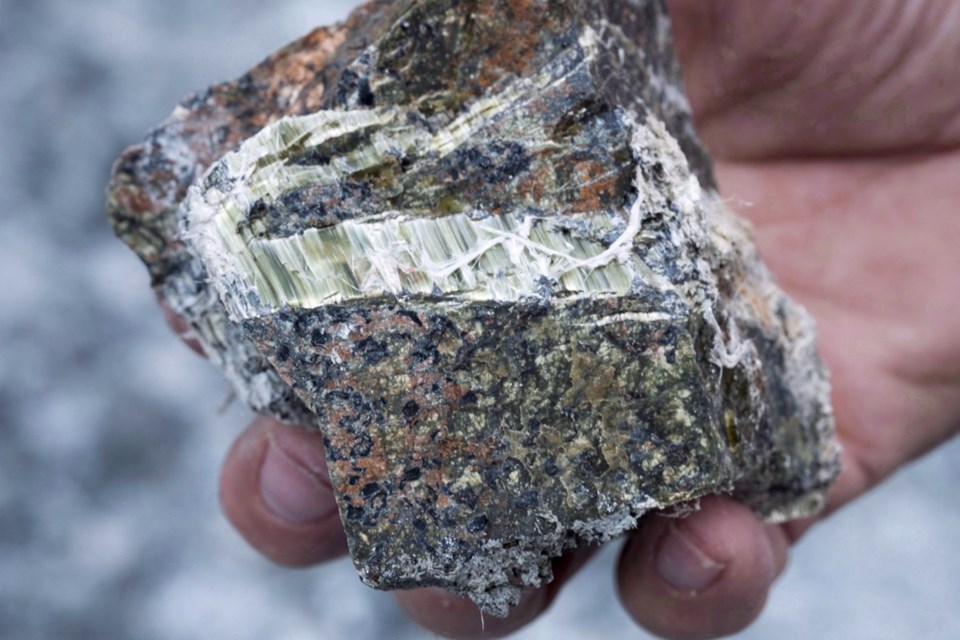The Victoria Residential Builders’ Association is calling on the provincial and federal governments to implement a new tax credit to offset the costs of residential asbestos abatement and seismic upgrades.
Citing the need to protect homeowners from putting themselves in harm’s way when it comes to asbestos removal and to dissuade use of the underground economy to do the work, the association’s executive director said it’s time to offer incentives for people to get rid of asbestos properly.
Exposure to asbestos can cause health problems.
Casey Edge said there are millions of homes in Canada built before 1990 that have some form of asbestos in them. He said given the increase in housing costs, it’s likely homeowners will be looking to renovate older homes — which can disturb asbestos — rather than buy new.
“We have been advocating for this for a few years and we did some research and found the federal government had subsidized putting asbestos insulation into people’s homes in the 1970s,” Edge said, adding Ottawa also paved the way for asbestos to be used in a variety of building materials.
Edge said if the government was willing to support the use of asbestos, it ought to now step up with a tax credit program to help address what can be an expensive problem.
Asbestos can be found in stucco, drywall, drywall mud, roof shingles, window putty, vinyl and linoleum floor tiles, electrical wires, insulation, cement and other materials.
The cost of removal can vary from a few thousand dollars to tens of thousands of dollars. “It’s not cheap,” said Edge, noting even an asbestos survey can cost a homeowner $2,000.
WorkSafe B.C. has established stringent rules when it comes to asbestos removal that range from designating work spaces, respirators and wash stations for decontamination to air-tight containment under negative pressure with shower decontamination facilities, powered air purifying respirators and air monitoring.
WorkSafe requires a survey of the project, risk assessment, a qualified asbestos abatement firm with qualified workers and a final inspection.
The building association estimates removing asbestos floor tiles can cost $2,000, sheet vinyl may cost $5,000, insulation removal can cost $12,000 and removing plaster and stucco can run into the tens of thousands.
Edge said the cost of removal is what can lead homeowners to consider doing it themselves, putting themselves and their families at risk, or looking to the black market for a cash deal to save money. “Or the federal government can just implement a tax credit and help mitigate the dangers and problems they helped create,” Edge said. He noted a tax credit program requires receipts, which eliminates black market operators from the equation.
Edge is pushing for a tax credit program like the renovation credit offered in 2009 as part of the Harper government’s $40-million stimulus spending program. The Home Renovation Tax Credit gave homeowners a credit of 15 per cent on renovations between $1,000 and $10,000, to a maximum of $1,350.
Edge said the credit should also cover seismic upgrades such as anchoring older homes to their foundation, which could save millions when the “big one” hits. “It’s not something that might happen, but will happen, and this ‘drop, cover and hold on’ program is frankly inadequate to deal with the issue,” he said.
Government officials have not responded yet to the proposal.
The provincial Ministry of Finance said it reviews all requests relating to tax credits during its yearly budget process.
Canada Mortgage and Housing Corporation said the closest thing it has to a tax credit is its Green Home Tax Credit that offers a partial refund on the cost of mortgage loan insurance when renovating a home for energy efficiency.



